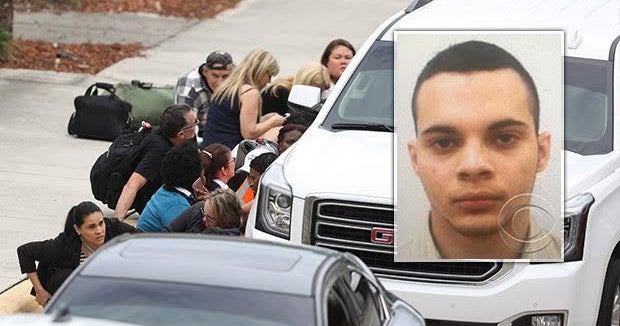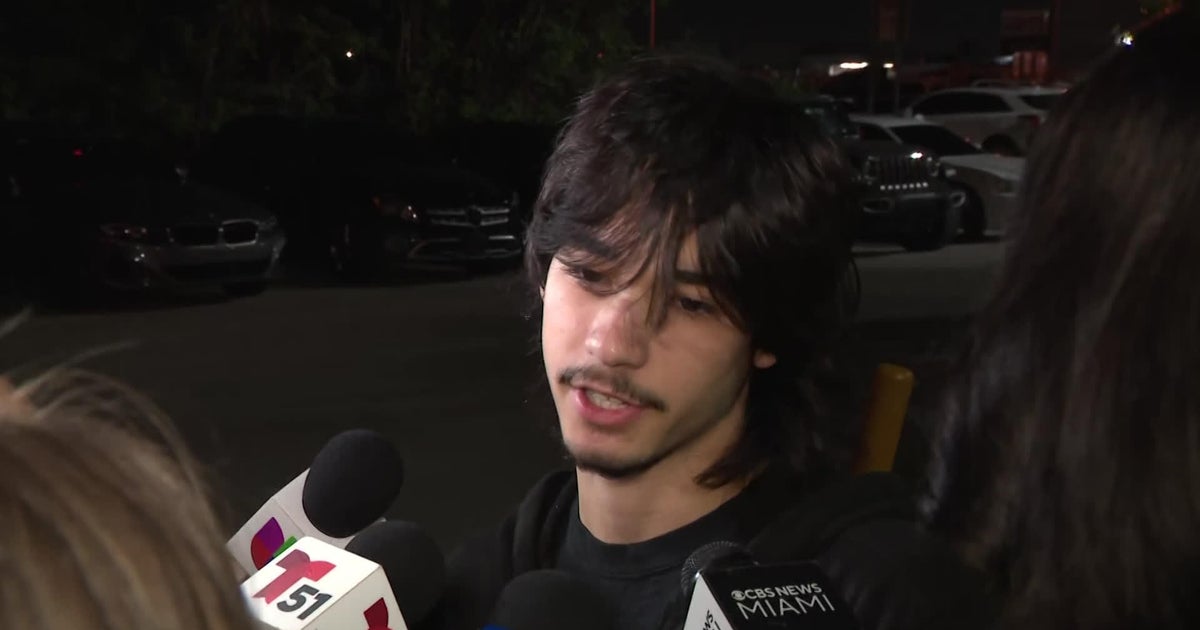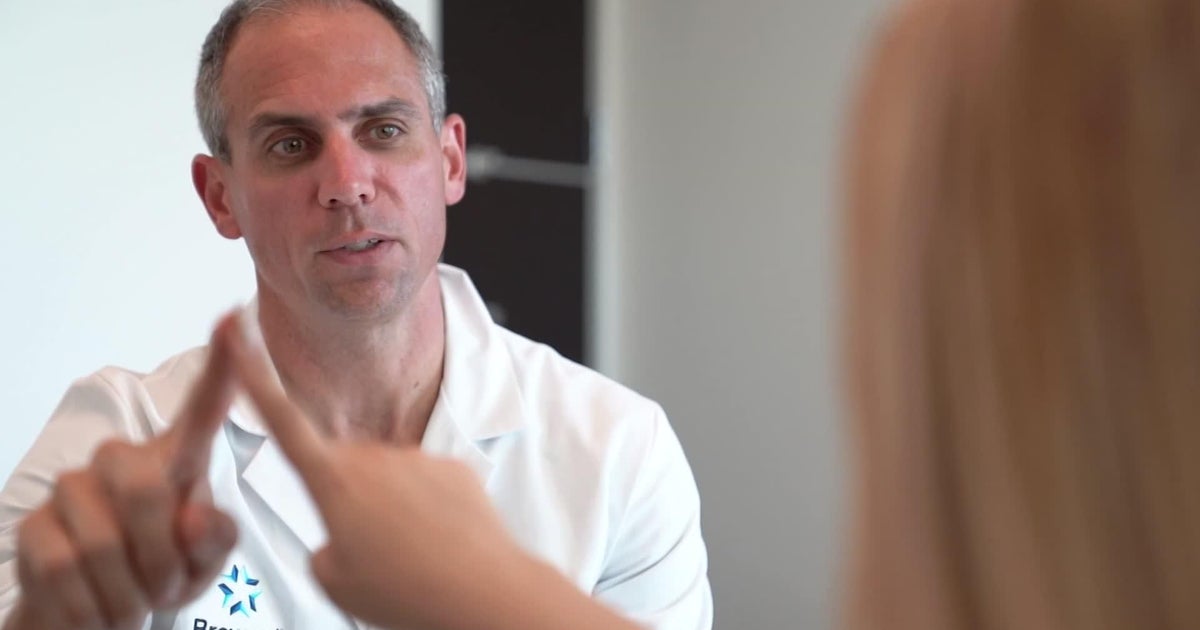Jurors hear opening statements in former Parkland BSO resource officer case
FORT LAUDERDALE - Opening statements got underway Wednesday in the trial of former Broward sheriff school resource officer Scot Peterson.
Four women and two men are seated on the jury.
Peterson is facing eleven charges for remaining outside of Marjory Stoneman Douglas High School while a gunman roamed the halls of the school in February 2018, shooting and killing seventeen people inside.
Peterson, 60, is charged with seven counts of felony child neglect for four students killed and three wounded on the 1200 building's third floor. Peterson arrived at the building with his gun drawn 73 seconds before Nikolas Cruz reached that floor, but instead of entering, he backed away as gunfire sounded.
Peterson is also charged with three counts of misdemeanor culpable negligence for the adults shot on the third floor, including a teacher and an adult student who died. He also faces a perjury charge for allegedly lying to investigators. He could get nearly a century in prison if convicted on the child neglect counts and lose his $104,000 annual pension.
Prosecutors did not charge Peterson in connection with the 11 killed and 13 wounded on the first floor before he arrived at the building. No one was shot on the second floor.
Attorney Scott Klinger, with the prosecution, opened his statement by describing in detail the order of when the shooter arrived at the school and began opening fire. He made it clear that witnesses as well as a video showed Peterson saw arriving at the building where the shooting was taking place and doing nothing to stop it.
Klinger said as a deputy assigned to the school, he is trained and should have gone into the building.
"Go towards the gun hots, trained to go towards those shots, find that shooter, every shot could be a death. In the old days it was form a perimeter, not after, Columbine changed that. All these active shooter scenarios happen very quickly and you've got to get in and you've got to find the shooter and do everything you can to find him so that you can stop the killing," he told the jury of four women and two men.
Peterson has claimed that he didn't go inside the building because he didn't know where the shooting was coming from and his attorneys argue he wasn't equipped to face a shooter with an ar-15.
The parents of 4 students who were murdered showed up at court. Gina MONTALTO'S dad Tony said, "Clearly here we have a school resource officer who failed to do his duty. He failed to protect the students and teachers on campus that day,' Montalto said.
Alex Schachter's dad Max said, "He's not being scapegoated, he's here to be held accountable for his failures that day as well," he said.
A Broward sheriff's deputy for 32 years, Peterson had been at Stoneman Douglas for nine years after 19 years at other schools. He said he's "eager" for the trial to start.
"I want the truth to come out, and if it is going to be through a trial, so be it," Peterson said before the trial. "Not only the people in Florida, the country, and most importantly the families, they need to know the truth about what happened, because unfortunately it has never been told."
Peterson retired shortly after the shooting and then was fired retroactively.
To gain a conviction, prosecutors must convince jurors that Peterson knew Cruz was firing inside the building and that his actions and inaction exposed the victims to harm.
Security videos show that 36 seconds after the attack began, Peterson exited his office about 100 yards from the 1200 building and jumped into a cart with two unarmed civilian security guards, according to a state report. They arrived at the building a minute later.
Peterson got out of the cart near the east doorway to the first-floor hallway. Cruz was at the hallway's opposite end, firing his AR-15-style semiautomatic rifle.
Peterson, who wasn't wearing a bullet-resistant vest, didn't open the door. Instead, he took cover 75 feet away in the alcove of a neighboring building, his gun still drawn.
The shooting "was so loud and so close. I thought it was probably outside," Peterson told investigators two days after the massacre.
He said he heard "two, three" shots. The security guards told investigators they heard many more shots than three and it was clear they came from the building. Peterson's attorney, Mark Eiglarsh, said he will call 22 witnesses who will testify they also thought the shots were coming from outside the 1200 building.
Inside, Cruz climbed to the building's upper floors, firing approximately 70 more shots over nearly four minutes.
Outside, Peterson radioed arriving deputies to stay clear of the building. He said he didn't notice when bullets smashed into a second-floor window about 70 feet from where he stood.
Peterson didn't leave his spot for 48 minutes. That was 45 minutes after the shooting ended and 40 minutes after off-campus officers stormed inside, finding carnage on the first and third floors. Cruz had fled.
For Peterson to be convicted of child neglect, prosecutors must first show he was legally a caregiver to the juvenile students. Florida law defines a caregiver as "a parent, adult household member or other person responsible for a child's welfare."
Eiglarsh has argued there is an exemption for most police officers that covers his client. Circuit Judge Martin Fein ruled that is for the jury to decide, noting that Florida courts have found babysitters, landlords, and even kidnappers to be caregivers.
If jurors find Peterson was a caregiver, they then must determine whether he made a "reasonable effort" to protect the children or failed to provide the care necessary to maintain their health.
Eiglarsh has said that Cruz had a superior firearm and Peterson would have risked death by pursuing him. The state report says Peterson had completed three active shooter courses over the years that teach tactics for such situations.




